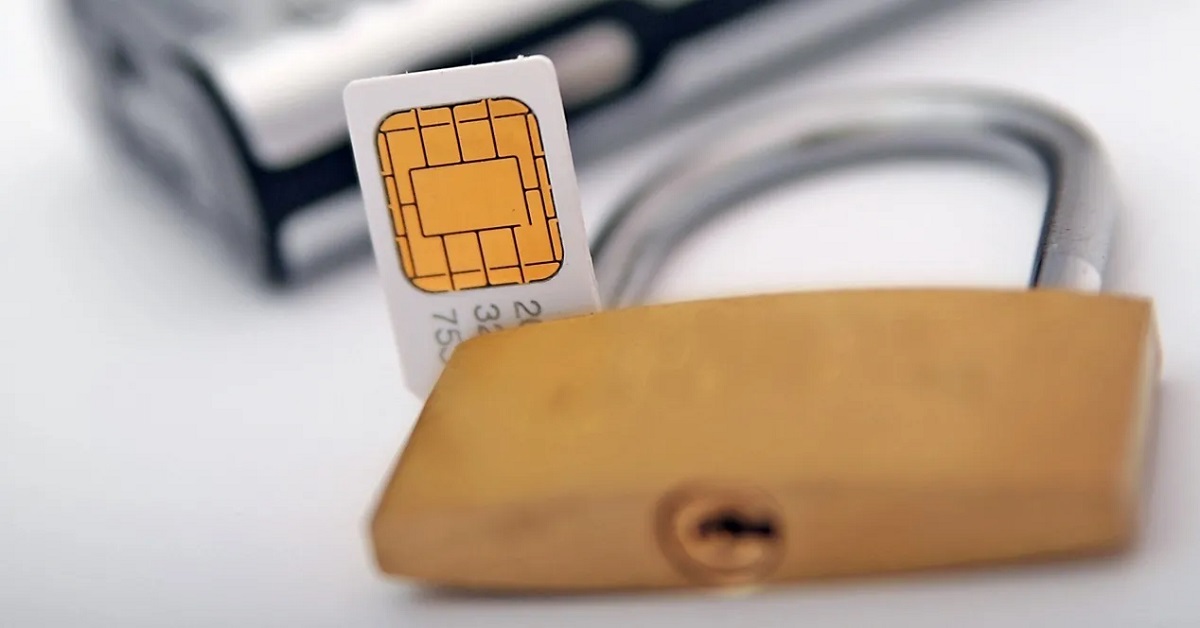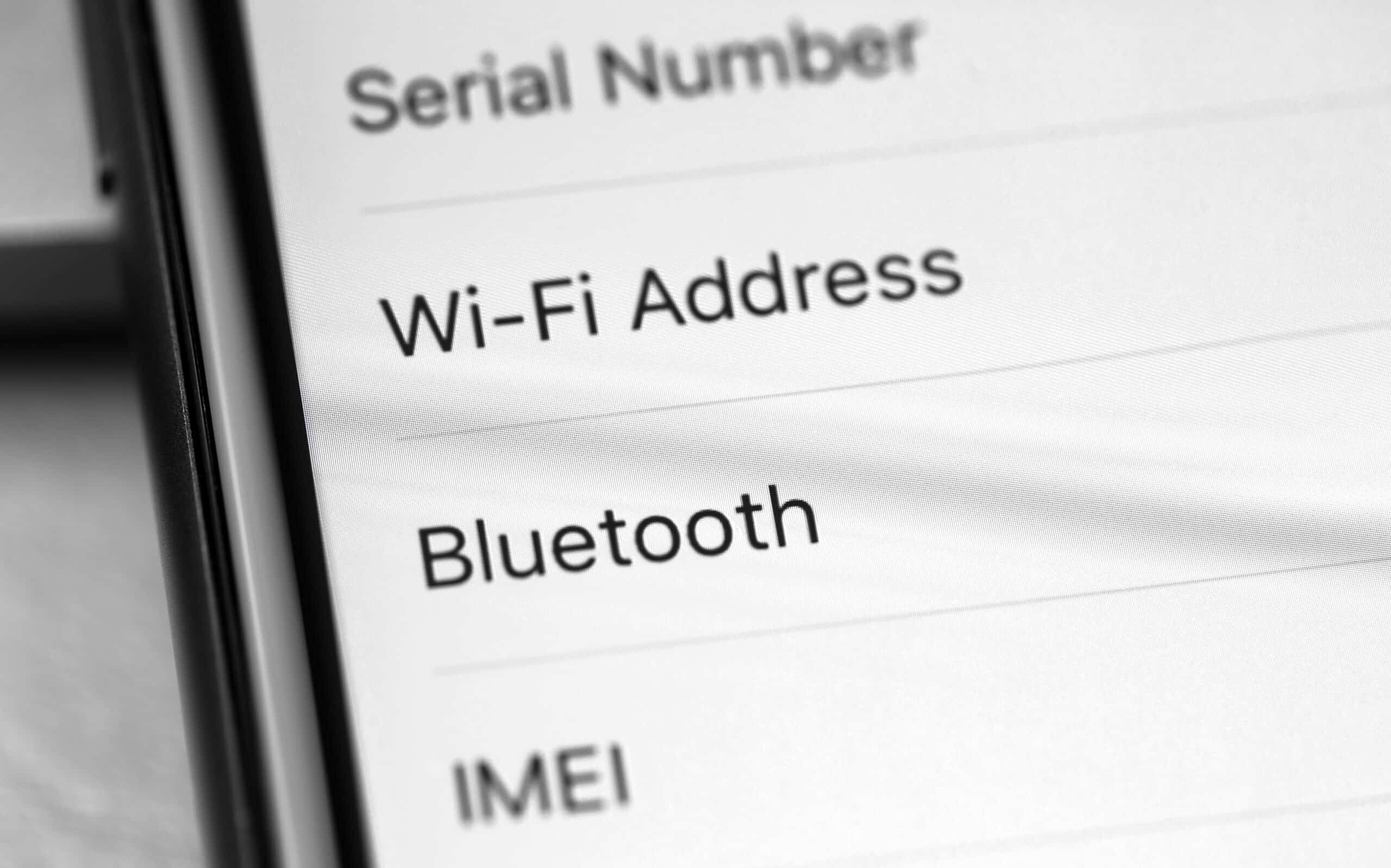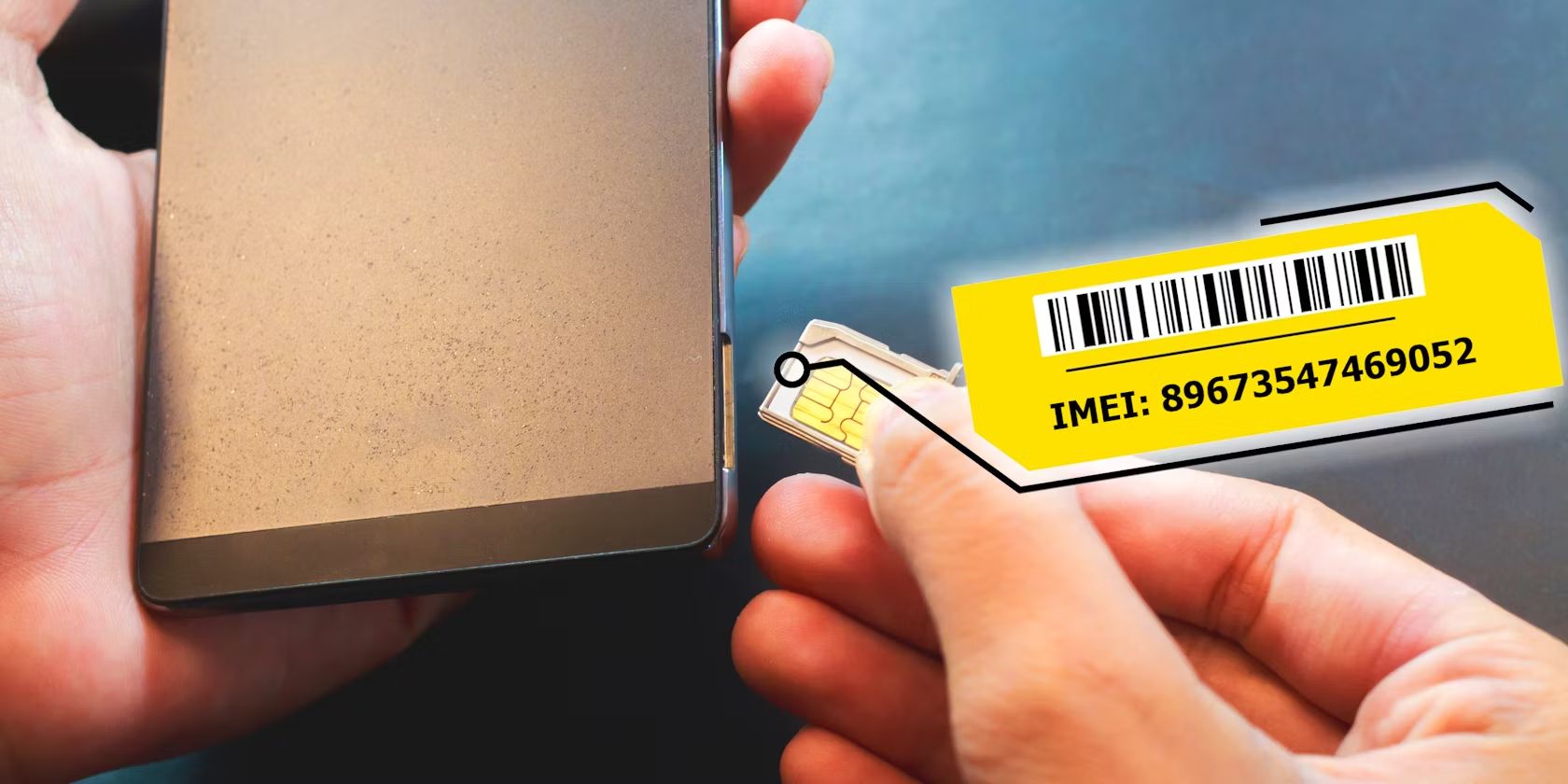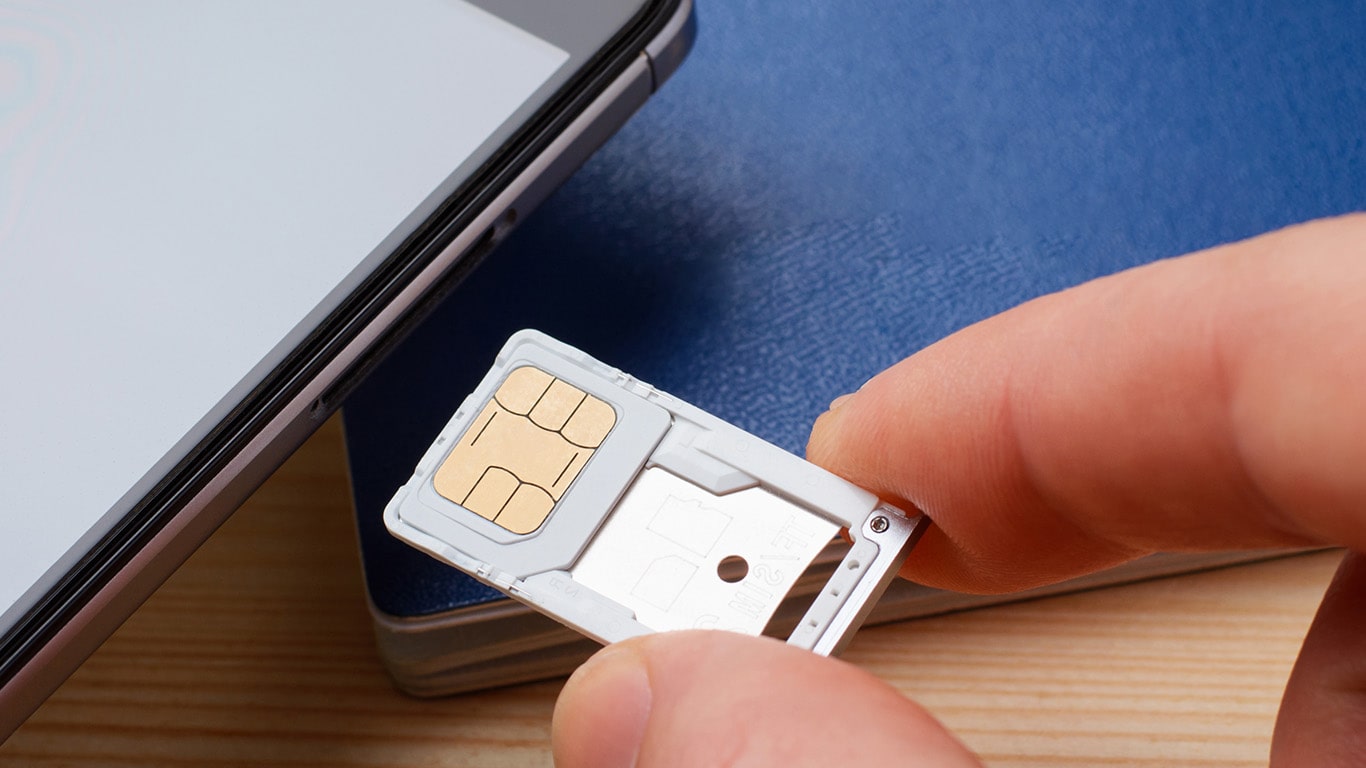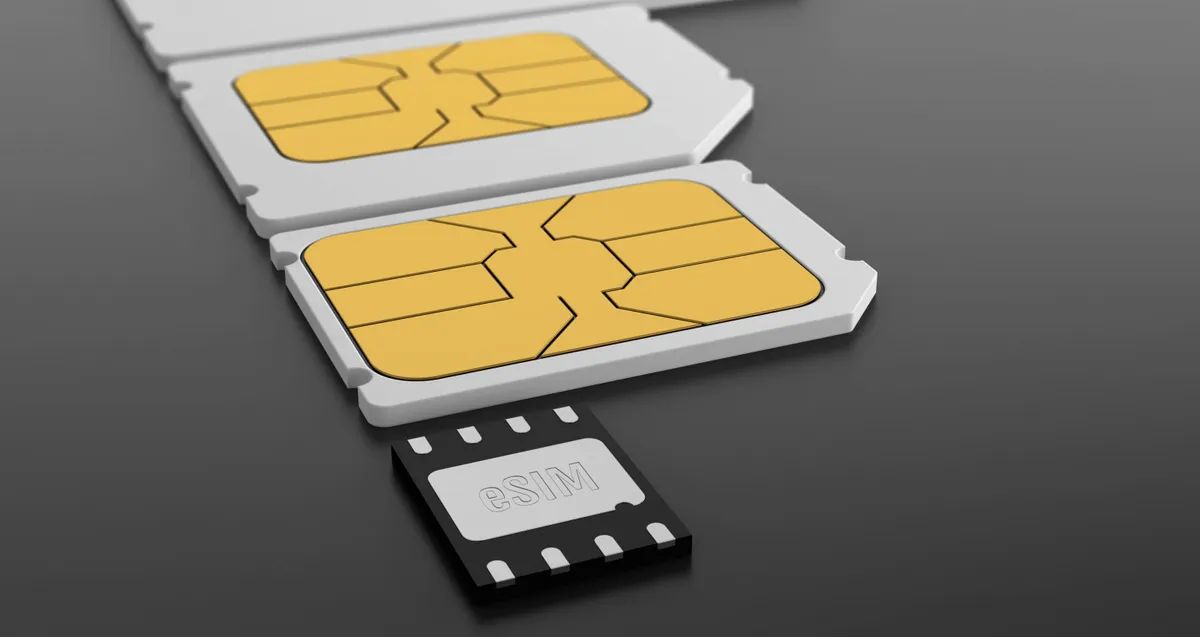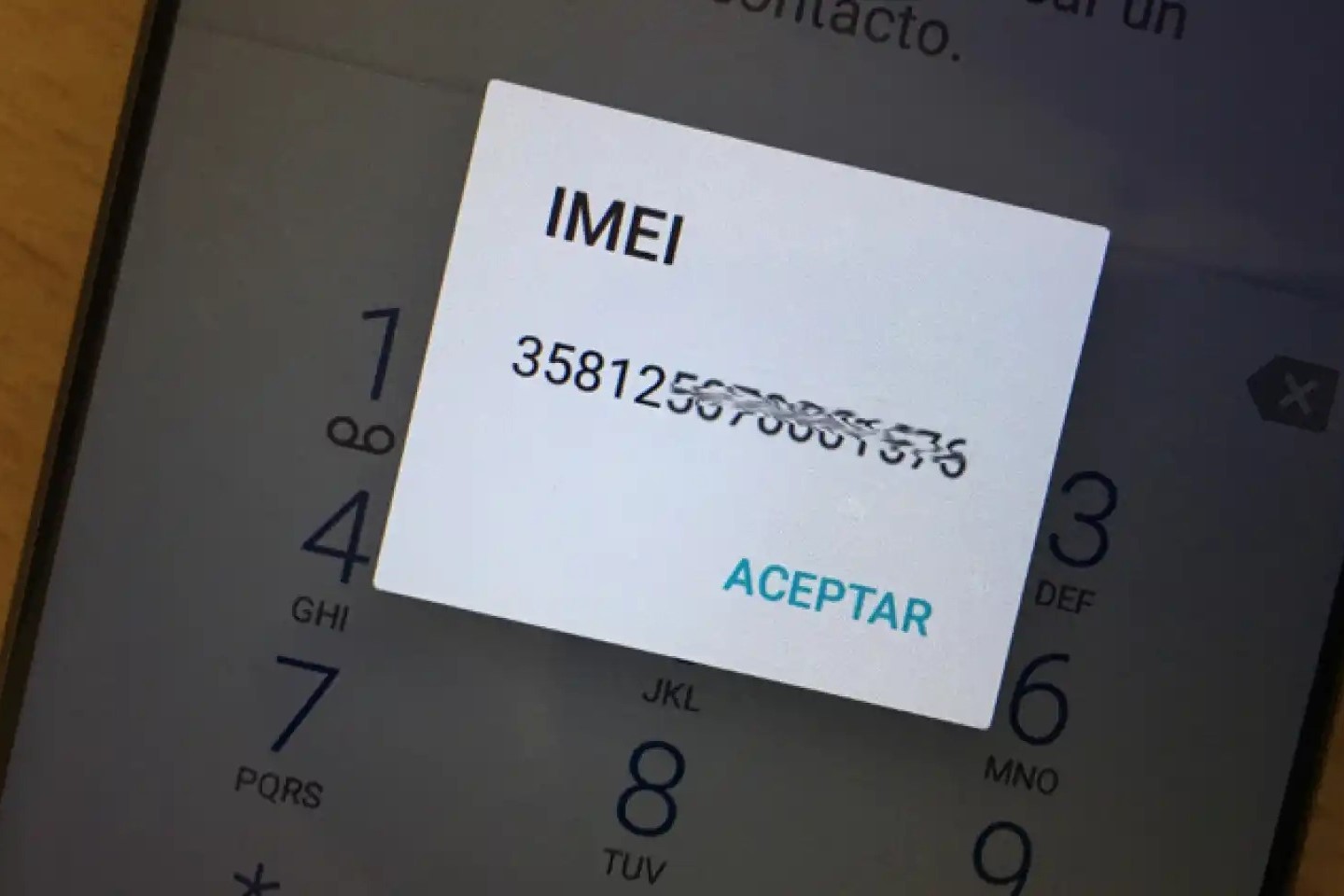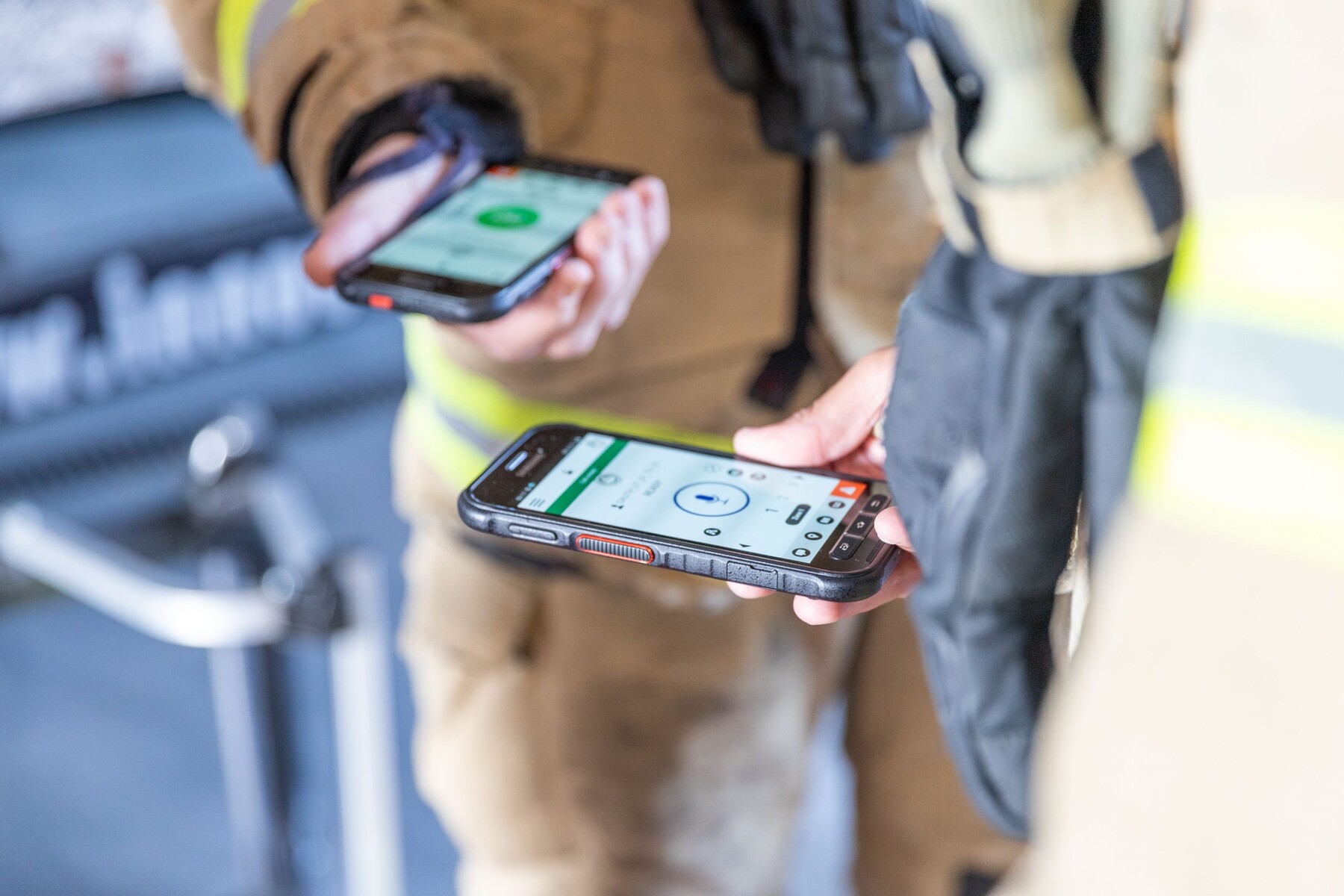Introduction
Losing a mobile device or having it stolen can be a distressing experience. In addition to the inconvenience and potential financial loss, the violation of privacy and security can be deeply unsettling. However, it's important to remember that there are steps you can take to mitigate the impact of a stolen SIM card and device.
In this comprehensive guide, we will walk you through the essential measures to take in the event of a stolen SIM card, providing you with a clear roadmap to follow. By following these steps, you can increase the likelihood of recovering your device, safeguard your personal information, and prevent unauthorized use of your SIM card.
Whether you've misplaced your phone or it has been stolen, it's crucial to act swiftly and decisively. The initial moments after discovering the loss or theft are crucial, as they present an opportunity to take proactive measures to protect your data and limit the potential damage.
By following the steps outlined in this guide, you can empower yourself with the knowledge and tools to address the situation effectively. From contacting your mobile network provider to considering remote wiping of the device, each step is designed to equip you with the means to respond to the theft of your SIM card and device in a strategic and informed manner.
So, if you've found yourself in the unfortunate situation of dealing with a stolen SIM card, take a deep breath and let's navigate through the necessary actions together. Let's empower you to take control of the situation and minimize the impact of this unsettling experience.
Step 1: Contact your mobile network provider
The first and most crucial step to take after discovering that your SIM card has been stolen is to immediately contact your mobile network provider. By doing so, you can swiftly prevent unauthorized use of your SIM card and take measures to safeguard your personal information. Most mobile network providers offer 24/7 customer support, ensuring that you can report the theft and take necessary actions at any time of the day or night.
When you contact your mobile network provider, be prepared to provide them with essential details, such as your account information and the circumstances of the theft. Your provider will then be able to deactivate the stolen SIM card, rendering it unusable for any further calls, messages, or data usage. This step is crucial in preventing unauthorized individuals from exploiting your SIM card for their own purposes.
Additionally, your mobile network provider can assist you in transferring your existing mobile number to a new SIM card. This process ensures that you can continue to use your phone number without interruption, minimizing the inconvenience caused by the theft of your SIM card. By promptly initiating this transfer, you can maintain communication with your contacts and stay connected while addressing the broader implications of the theft.
It's important to note that contacting your mobile network provider promptly is not only essential for protecting your personal information and preventing unauthorized use of your SIM card but also for fulfilling your obligation as a subscriber. By promptly reporting the theft and taking necessary measures, you can demonstrate your proactive approach to addressing the situation, which may also facilitate the resolution of any related issues with your mobile network provider.
In summary, contacting your mobile network provider is the critical first step to take after discovering that your SIM card has been stolen. By promptly reporting the theft, deactivating the stolen SIM card, and initiating the transfer of your mobile number to a new SIM card, you can effectively mitigate the impact of the theft and take proactive measures to protect your personal information and maintain communication with your contacts.
Step 2: Report the theft to the police
After contacting your mobile network provider and taking immediate steps to deactivate the stolen SIM card, the next crucial action is to report the theft to the police. This step is essential for several reasons, as it not only facilitates the investigation of the theft but also provides a formal record of the incident, which may be required for insurance claims or other legal purposes.
When reporting the theft to the police, provide them with as much detail as possible about the circumstances of the theft, including the time and location it occurred. If your mobile device was stolen along with the SIM card, be sure to provide the police with the device's make, model, and unique identifying features, such as serial numbers or distinctive physical characteristics. This information can significantly aid in the recovery of the stolen device and the apprehension of the perpetrator.
In addition to filing a police report about the theft of your SIM card and device, it's important to request a copy of the report for your records. This document serves as formal documentation of the theft and can be invaluable for various purposes, including insurance claims or legal proceedings. By obtaining a copy of the police report, you can ensure that you have a comprehensive record of the incident, which may be required when dealing with the aftermath of the theft.
Furthermore, reporting the theft to the police is an essential step in contributing to the broader efforts to combat mobile device theft and related criminal activities. By providing law enforcement agencies with information about the theft, you are not only seeking redress for the personal impact of the theft but also assisting in the collective endeavor to address and prevent such incidents.
In summary, reporting the theft of your SIM card and device to the police is a critical step in responding to the theft effectively. By providing law enforcement agencies with detailed information about the theft and obtaining a formal police report, you can contribute to the investigation, facilitate potential recovery efforts, and ensure that you have the necessary documentation for any subsequent actions, such as insurance claims or legal proceedings.
Step 3: Activate the SIM card lock
Activating the SIM card lock is a crucial step in securing your personal information and preventing unauthorized use of your SIM card. By implementing this security measure, you can add an extra layer of protection to mitigate the potential risks associated with the theft of your SIM card.
Most mobile devices offer the option to set a PIN (Personal Identification Number) or a PUK (Personal Unblocking Key) code for your SIM card. These codes act as security measures, requiring anyone attempting to use the SIM card in a different device to enter the correct code. By activating the SIM card lock, you effectively render the stolen SIM card unusable in any other device, thereby preventing unauthorized individuals from accessing your personal data or making calls using your mobile number.
To activate the SIM card lock, access the security settings on your mobile device and navigate to the SIM card settings. Here, you will find the option to set a PIN or PUK code for your SIM card. It's important to choose a code that is unique and not easily guessable, ensuring that it provides robust protection for your SIM card.
Once you have set the SIM card lock, your device will prompt you to enter the code each time it is powered on or the SIM card is accessed. This additional security measure acts as a deterrent to unauthorized use of the SIM card, enhancing the protection of your personal information and reducing the risk of fraudulent activity associated with the stolen SIM card.
In addition to activating the SIM card lock on your device, it's advisable to explore any additional security features offered by your mobile network provider. Some providers offer services that allow you to remotely lock your SIM card or initiate a temporary suspension of service, further enhancing the security measures available to protect your SIM card in the event of theft or loss.
By activating the SIM card lock and exploring additional security features provided by your mobile network provider, you can significantly bolster the protection of your personal information and mitigate the potential risks arising from the theft of your SIM card. These proactive measures not only safeguard your data but also contribute to a comprehensive strategy for addressing the broader implications of the theft, empowering you to navigate the situation with greater confidence and resilience.
Step 4: Monitor your accounts and devices
After taking immediate steps to address the theft of your SIM card and device, it is crucial to remain vigilant by actively monitoring your accounts and devices. This proactive approach enables you to detect and respond to any unauthorized activity or potential security breaches, thus minimizing the impact of the theft and safeguarding your personal information.
Start by reviewing your financial accounts, including bank accounts and credit cards, for any unusual transactions or unauthorized access. Be attentive to any unfamiliar charges or suspicious activity, and promptly report any concerns to your financial institution. By monitoring your financial accounts closely, you can mitigate the risk of financial loss resulting from the theft and take swift action to address any unauthorized transactions.
In addition to financial accounts, it is important to monitor your online accounts and digital services for any unusual activity. This includes email accounts, social media profiles, and any other online platforms where you have a presence. Look out for unauthorized login attempts, changes to account settings, or suspicious communications, as these may indicate attempts to exploit the theft of your SIM card and device for fraudulent purposes.
Furthermore, ensure that you regularly check the security and privacy settings of your devices and online accounts. This includes enabling two-factor authentication where available, updating passwords to strong and unique combinations, and reviewing the permissions granted to apps and services. By maintaining robust security measures across your digital ecosystem, you can fortify the protection of your personal information and reduce the likelihood of unauthorized access.
It is also advisable to utilize device tracking and remote management features, if available, to monitor the location and activity of your stolen device. Many mobile devices offer built-in tracking capabilities or remote locking and wiping functionality, which can be invaluable in the event of theft. By leveraging these features, you may increase the likelihood of recovering your device and preventing unauthorized access to your data.
By actively monitoring your accounts and devices, you demonstrate a proactive and vigilant approach to addressing the theft of your SIM card and device. This ongoing vigilance not only empowers you to detect and respond to potential security threats but also contributes to the broader efforts to safeguard your personal information and mitigate the impact of the theft.
Step 5: Consider remote wiping of the device
In the aftermath of a stolen SIM card and device, considering the remote wiping of the device is a crucial step in safeguarding your personal data and minimizing the potential risks associated with unauthorized access. Remote wiping, also known as remote data erasure, allows you to securely and permanently erase the data stored on your stolen device, thereby preventing unauthorized individuals from accessing sensitive information and personal content.
Most modern mobile devices offer remote wiping functionality as part of their security features. This capability enables you to initiate a remote command, typically through a designated online platform or mobile app, that triggers the erasure of all data on the stolen device. By remotely wiping the device, you can effectively restore it to its factory settings, eradicating all personal data, settings, and installed apps.
The decision to consider remote wiping of the device should be carefully weighed, taking into account the sensitivity of the data stored on the device and the potential implications of its unauthorized access. If your device contains confidential work-related information, personal documents, or sensitive communications, remote wiping becomes a paramount measure to protect your privacy and prevent misuse of the stolen device.
It's important to note that initiating a remote wipe on your device is irreversible, and all data will be permanently erased. Therefore, it's advisable to ensure that you have a recent backup of your important data, if possible, before proceeding with the remote wiping process. This ensures that you can restore your essential information to a new device without loss or inconvenience.
In addition to remote wiping, some mobile devices offer the option to remotely lock or track the location of the stolen device. These features can be valuable in conjunction with remote wiping, as they allow you to secure the device and potentially aid in its recovery. By leveraging these capabilities, you can enhance your efforts to mitigate the impact of the theft and protect your personal information.
By considering remote wiping of the stolen device, you demonstrate a proactive approach to safeguarding your data and mitigating the potential risks arising from the theft of your SIM card and device. This decisive action aligns with the broader strategy of addressing the theft effectively and empowering you to navigate the situation with resilience and security.
Conclusion
In the wake of a stolen SIM card and device, navigating through the essential steps outlined in this guide empowers individuals to take control of the situation and mitigate the impact of this unsettling experience. By promptly contacting the mobile network provider, reporting the theft to the police, activating the SIM card lock, monitoring accounts and devices, and considering remote wiping of the device, individuals can effectively respond to the theft and safeguard their personal information.
Each step in this comprehensive guide serves as a strategic measure to address the theft of a SIM card and device, offering proactive solutions to mitigate the potential risks and protect personal data. By promptly reporting the theft to the mobile network provider and law enforcement agencies, individuals demonstrate a proactive approach to addressing the situation, while also fulfilling their obligations as subscribers and citizens. This proactive engagement not only facilitates the deactivation of the stolen SIM card but also contributes to the broader efforts to combat mobile device theft and related criminal activities.
The activation of the SIM card lock and the vigilant monitoring of accounts and devices represent critical measures in fortifying the protection of personal information and mitigating the potential risks arising from the theft. By implementing these security measures, individuals can deter unauthorized access to their data and promptly respond to any suspicious activity, thus reducing the impact of the theft and safeguarding their privacy.
Furthermore, considering the remote wiping of the stolen device underscores a proactive and decisive approach to protecting personal data and preventing unauthorized access. This measure, when carefully considered in light of the sensitivity of the data stored on the device, empowers individuals to take comprehensive action to secure their information and mitigate the potential consequences of the theft.
In conclusion, the steps outlined in this guide provide a clear roadmap for individuals to respond effectively to the theft of a SIM card and device. By following these measures, individuals can navigate the situation with resilience and security, empowering themselves to mitigate the impact of the theft and protect their personal information. While the experience of a stolen SIM card and device can be distressing, taking decisive and informed actions in response to the theft enables individuals to reclaim control and minimize the potential risks associated with unauthorized access to their personal data.








